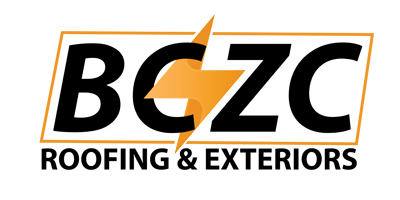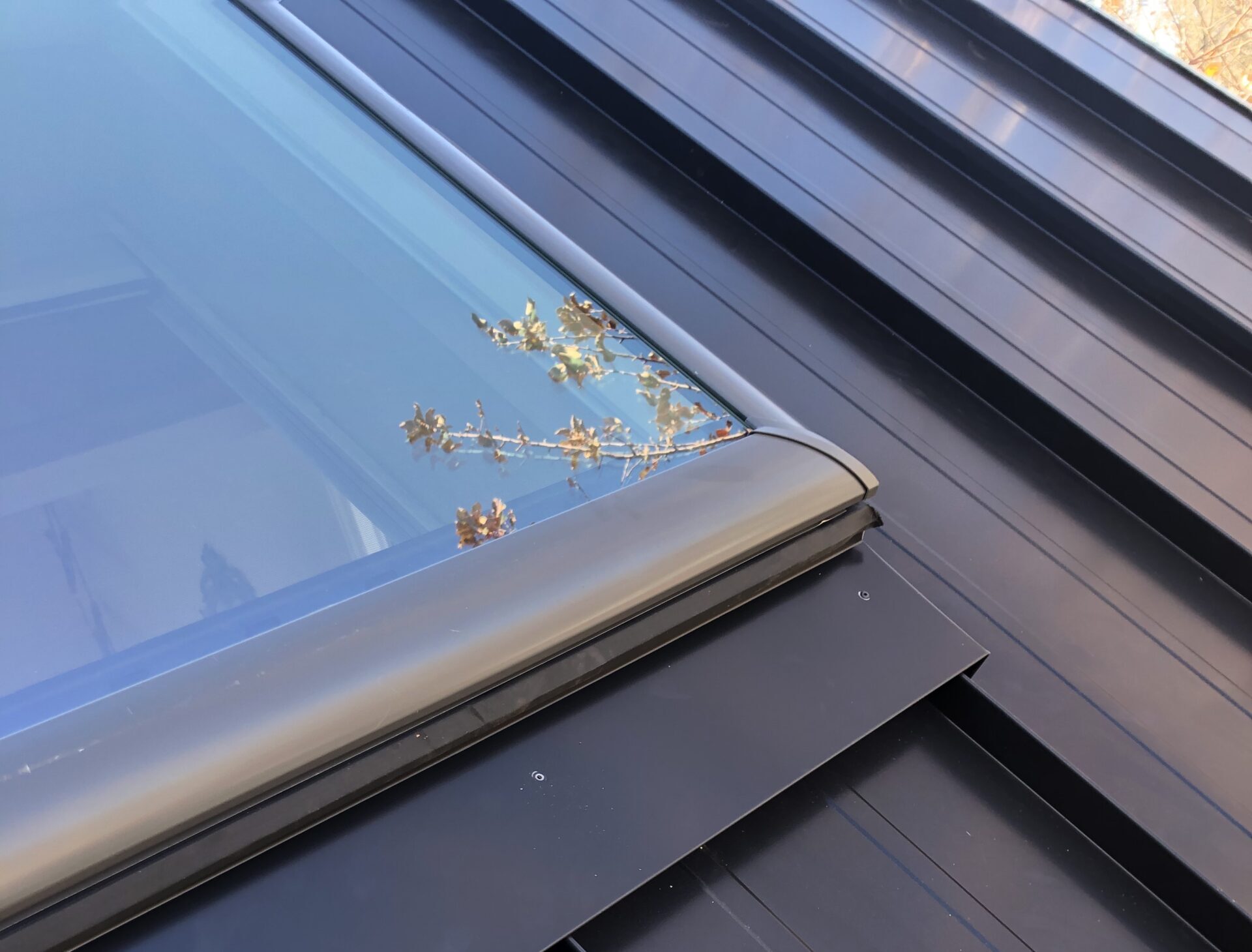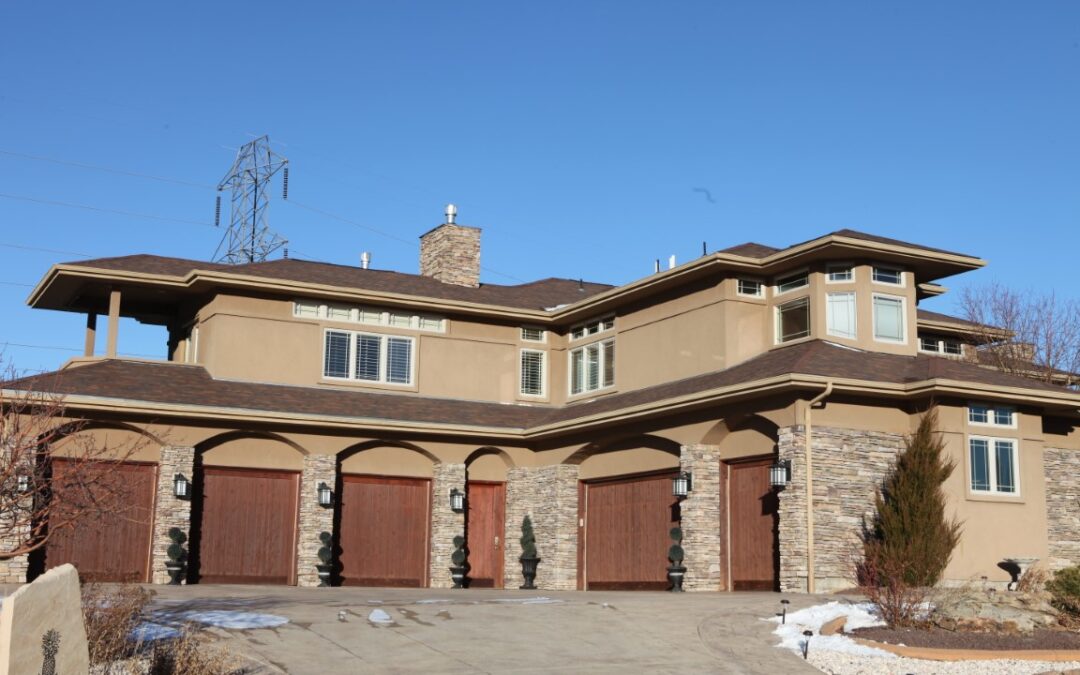Colorado’s high altitude, intense sun exposure, heavy snow, and severe weather conditions can challenge any roofing material. Yet metal roofs are renowned for exceptional durability and minimal maintenance—making them a popular upgrade over traditional asphalt shingles. So, how long does a metal roof last in Colorado? With proper installation and regular roof inspections, homeowners can expect a service life of 40 to 70+ years, and in some cases even a century.
Why Metal Roofs Last So Long
Several characteristics give metal roofs an edge over other roofing materials in harsh weather conditions:
- Highly resistant to high winds and hail – Interlocking panels and concealed fasteners hold tight during severe storms.
- Rust‑resistant coatings – Modern steel and aluminum roofs are galvanized or treated with durable paint systems to prevent rust and wear and tear.
- Fire resistant – Metal does not ignite, a crucial benefit in Colorado’s wildfire‑prone foothills.
- Energy efficiency – Reflective finishes reduce solar radiation absorption, lowering attic temperatures and energy bills in intense sun.
- Minimal maintenance – Metal roofs require little more than occasional cleaning and bolt tightening, unlike wood shingles or clay tiles that can crack, warp, or shed.
Key Factors That Influence a Metal Roof’s Lifespan
- Metal roof material – Painted steel and aluminum commonly last 40 to 70 years. Copper or zinc panels can exceed 100 years when properly maintained.
- Proper installation – Correct underlayment, ventilation, and flashing details prevent ice dams, roof leaks, and structural damage that shorten a roof’s functional life.
- Colorado weather – Heavy snowfall and freeze‑thaw cycles cause lesser roofing materials to deteriorate. Metal’s smooth surface sheds snow quickly, reducing ice dam risk.
- Roof pitch and design – Steeper roofs promote rapid water runoff, while complex rooflines may hide loose fasteners. Annual inspections catch minor issues early.
- Regular maintenance – Though low‑maintenance, metal roofs still benefit from periodic checks for loose screws, sealant wear, and accumulated debris in valleys.
Comparing Metal Roof Longevity to Other Roofing Materials
| Roofing Material | Expected Lifespan in Colorado | Maintenance Level | Vulnerabilities |
|---|---|---|---|
| Traditional Asphalt Shingles | 20 – 30 years | Moderate | Missing shingles, UV degradation |
| Architectural Asphalt Shingles | 25 – 35 years | Moderate | Granule loss, ice dams |
| Wood Shakes & Shingles | 25 – 40 years* | High | Rot, insects, fire risk |
| Clay Tiles | 50 – 100+ years | Low | Brittle in hail, heavy weight |
| Metal Roofs | 40 – 70+ years | Low | Loose fasteners if neglected |
Maintenance Tips to Reach a 70‑Year Metal Roof Lifespan
- Schedule regular roof inspections – A professional inspection every 2–3 years (or after severe storms) identifies loose fasteners, minor rust spots, and seam issues before they become costly repairs.
- Keep panels clean – Remove branches, leaves, and dirt that trap moisture. A gentle rinse with mild soap maintains aesthetic appeal and prevents rust.
- Check for loose fasteners – High winds and extreme temperature swings can loosen screws; tighten or replace as needed.
- Maintain gutters and snow guards – Clogged gutters cause ice dams and water back‑up at eaves. Proper water flow protects fascia boards and underlayment.
- Ensure proper ventilation – An adequately ventilated attic balances temperatures, minimizing thermal movement and condensation under metal panels.
When to Consider Metal Roof Replacement
Despite their incredibly durable nature, metal roofs eventually need replacement. Signs include:
- Widespread corrosion – If rust penetrates protective coatings and metal layers, structural integrity declines.
- Severe storm damage – Large hail or fallen tree branches can dent panels beyond repair.
- Loose or missing panels – Poorly installed or aged fasteners can allow panels to lift in high winds.
- End‑of‑life sealant failure – Sealants around roof penetrations deteriorate after decades, risking leaks in harsh weather conditions.
A professional inspection will determine whether spot repairs restore the roof’s longevity or if a new roof is the safer, more cost‑efficient option.
FAQs About Metal Roof Longevity in Colorado
How long does a metal roof last in Colorado’s high‑altitude sun? Reflective coatings protect against UV, allowing properly maintained steel or aluminum roofs to last 40–70+ years even under intense sun exposure.
Do heavy snow loads shorten a metal roof’s lifespan? Metal roofs shed heavy snow quickly. Installing snow guards on steep roofs prevents large snow slides that could damage gutters or bystanders.
What maintenance do metal roofs require? Besides annual cleaning, schedule inspections to tighten fasteners, touch up minor scratches, and verify ventilation.
Are metal roofs noisy during hailstorms? With solid sheathing and underlayment, noise levels are similar to traditional shingles.
Can solar panels be installed on metal roofs? Yes. Standing seam panels allow solar installers to clamp mounts without roof penetrations, preserving weatherproofing and extending the roof’s lifespan.
Ready for a Roof That Lasts Generations?
A metal roof offers exceptional durability, energy efficiency, and decades of worry‑free protection—especially when installed by a reputable contractor and maintained with regular inspections.
Book a free inspection with BCZC Roofing & Exteriors to assess your Colorado home’s roof, discuss metal roof replacement options, or schedule preventative maintenance. If you decide a full roof replacement makes sense, you’ll receive a complimentary upgrade to impact‑resistant shingles on any shingle sections of your roofing system—providing extra defense against hail and potentially reducing your insurance premiums.



